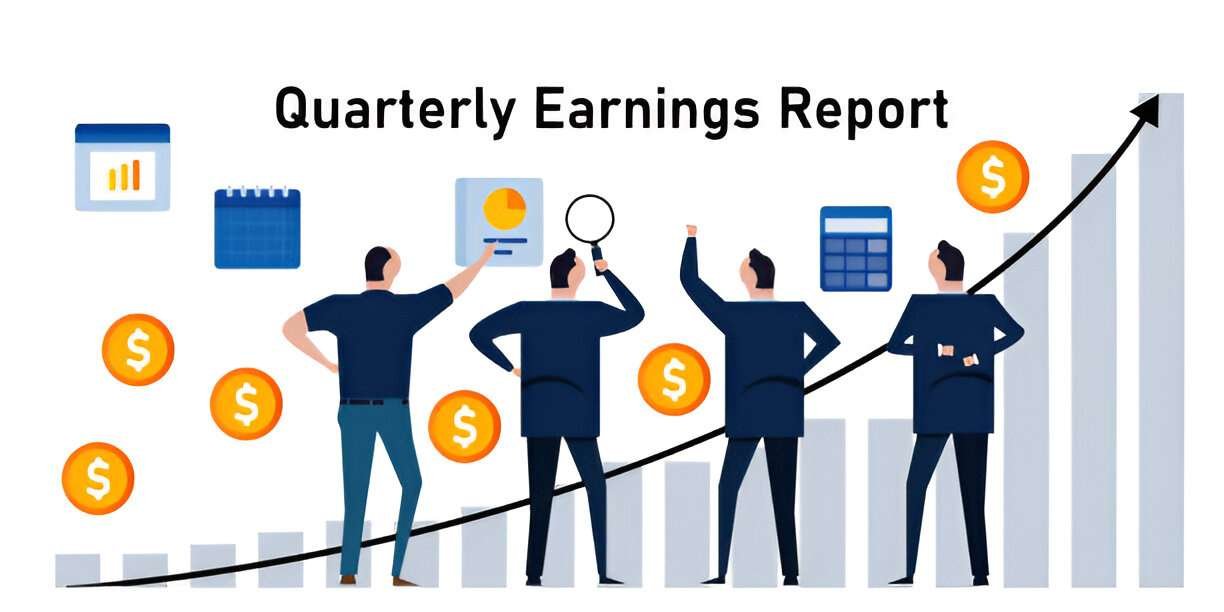Introduction
Stock market investing is as much about psychology as it is about numbers. The market reflects the collective emotions, biases, and decisions of millions of investors. Understanding the psychological forces at play can give you an edge, helping you make rational decisions instead of emotional ones. In this article, I’ll explore the key psychological biases, cognitive errors, and emotional influences that impact investing. I’ll also provide real-world examples, historical data, and actionable strategies to manage these biases and become a more disciplined investor.
Understanding Behavioral Finance
Behavioral finance combines psychology and economics to explain why investors make irrational decisions. Unlike classical financial theories, which assume that investors are always rational, behavioral finance recognizes that emotions and biases significantly impact investment choices.
Common Psychological Biases in Investing
1. Loss Aversion
Loss aversion describes the tendency to feel the pain of losses more strongly than the pleasure of equivalent gains. This can lead to poor decision-making, such as holding onto losing stocks for too long or selling winning stocks too early.
Example: Suppose an investor buys a stock at $100, and it drops to $80. Instead of cutting losses and reallocating funds to a better opportunity, the investor holds on, hoping to break even, even if better investments are available.
Mathematically, loss aversion can be expressed using Kahneman and Tversky’s prospect theory:
V(x) = \begin{cases}x^{\alpha}, & \text{if } x \geq 0 \-\lambda (-x)^{\alpha}, & \text{if } x < 0\end{cases}Where λ\lambda represents the loss aversion coefficient, often estimated to be around 2, meaning losses are felt twice as strongly as gains of the same magnitude.
2. Confirmation Bias
Confirmation bias leads investors to seek out information that supports their existing beliefs while ignoring contradictory data. This can result in a skewed perspective and poor investment choices.
Example: An investor bullish on Tesla (TSLA) may only read positive news articles and ignore reports highlighting potential risks, leading to an overconfident and biased investment strategy.
3. Herd Mentality
Herd mentality occurs when investors follow the crowd instead of conducting independent analysis. This behavior contributes to bubbles and market crashes.
Historical Example: The Dot-Com Bubble (1995-2000)
Investors blindly bought internet stocks without considering valuations. When the bubble burst, the Nasdaq lost nearly 78% of its value from its peak in March 2000 to its low in October 2002.
Illustration Table: Herd Mentality in Market Bubbles
| Year | Event | Market Impact |
|---|---|---|
| 1637 | Tulip Mania | Tulip prices collapsed by over 90% |
| 1929 | Stock Market Crash | Dow Jones fell nearly 89% |
| 2000 | Dot-Com Bubble | Nasdaq declined by 78% |
| 2008 | Housing Crisis | S&P 500 dropped by 57% |
4. Overconfidence Bias
Overconfidence causes investors to overestimate their knowledge and abilities, leading to excessive trading and risk-taking.
Example: Studies show that frequent traders underperform the market because they make too many trades based on misplaced confidence. According to Barber and Odean (2000), overconfident investors had an annual return of 11.4% compared to the market’s 17.9%.
The Role of Emotions in Investing
Fear and Greed Cycle
The stock market operates in cycles driven by fear and greed. Warren Buffett’s famous advice, “Be fearful when others are greedy and greedy when others are fearful,” highlights this dynamic.
Example: The 2008 financial crisis caused mass panic, leading to irrational selling. Meanwhile, those who bought undervalued stocks during the crash reaped significant gains in the following years.
The Impact of Stress on Decision-Making
Studies show that stress impairs rational decision-making. High volatility and portfolio losses can trigger emotional responses that lead to impulsive trading.
Comparison Table: Rational vs. Emotional Investing
| Factor | Rational Investor | Emotional Investor |
|---|---|---|
| Market Volatility | Sees opportunities | Panics and sells |
| Research Approach | Data-driven | Confirmation bias |
| Trade Frequency | Low | High |
Strategies to Overcome Psychological Biases
1. Implement a Rules-Based Investment Strategy
Creating a structured investment plan reduces the influence of emotions. A rules-based approach includes:
- Setting stop-loss orders to limit downside risk
- Using dollar-cost averaging (DCA) to mitigate timing errors
- Diversifying investments to reduce emotional attachment
2. Conduct Pre-Mortem Analysis
Instead of asking, “Why will this investment succeed?” ask, “What could go wrong?” This forces a more balanced risk assessment.
3. Maintain a Long-Term Perspective
Short-term market fluctuations are driven by emotions. However, historical data shows that the stock market trends upward over time.
Historical Data: S&P 500 Returns
| Year | S&P 500 Return (%) |
|---|---|
| 2000 | -9.1 |
| 2008 | -37.0 |
| 2013 | 29.6 |
| 2020 | 16.3 |
Despite short-term crashes, the S&P 500 has delivered an average annual return of approximately 10% over the last century.
4. Limit Media Consumption
Financial news can amplify emotions. Instead of reacting to daily headlines, focus on long-term fundamentals.
Conclusion
The psychology of investing is as crucial as fundamental and technical analysis. Recognizing psychological biases, maintaining emotional discipline, and adopting rational investment strategies can help you make better financial decisions. By understanding how human behavior impacts the market, you can avoid common pitfalls and become a more successful investor.




